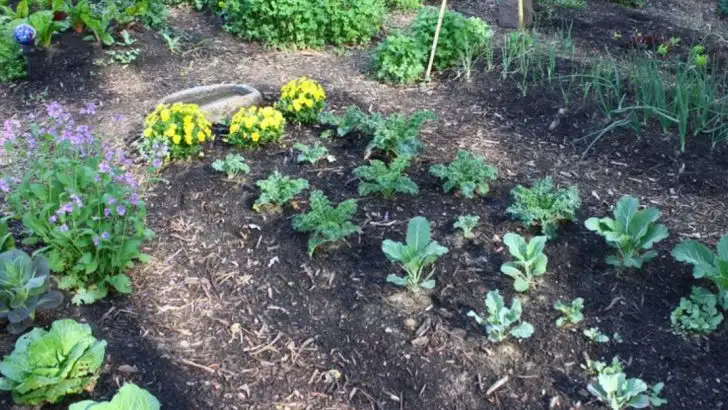No-till gardening is all about working with nature, not against it, and spring is the perfect time to set your garden up for success—without disturbing the soil. But what actually needs to be done to prepare for planting?
In this article, we break down the essential spring tasks for a no-till garden. From adding compost and mulch to waking up soil life without tilling, these steps will help you build healthy, thriving beds while preserving the natural structure of your soil. If you want to garden with less effort and better results, these no-till techniques will make your spring prep a breeze!
Soil Testing and Amendment

Starting the spring season with a soil test sets the foundation for a successful garden. Using a simple pH kit can reveal essential information about nutrient levels. Knowing these details helps in making informed decisions about amendments, like compost or specific fertilizers.
Once you understand your soil’s needs, an amendment plan can be developed. This might involve adding organic matter to boost fertility or tweaking the soil pH.
Targeted amendments ensure plants have everything they need to thrive, leading to a bountiful growing season.
Mulching for Moisture Retention
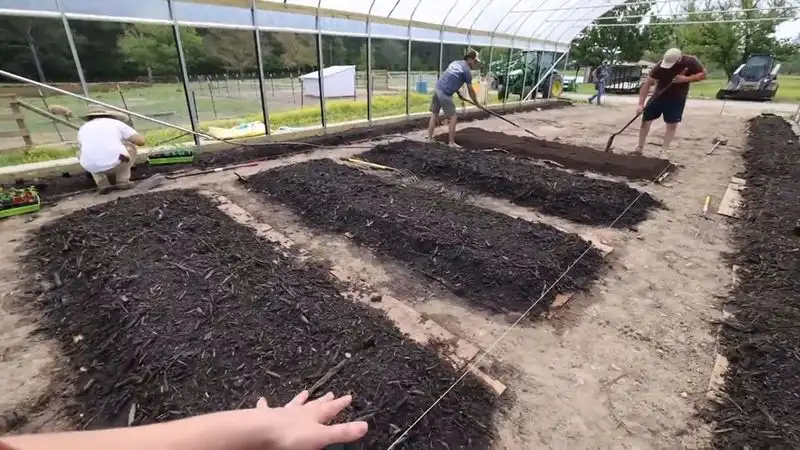
Mulching is a cornerstone practice of no-till gardening. In spring, applying a layer of mulch helps conserve moisture and suppress weeds. Straw, wood chips, or shredded leaves can serve as effective mulches.
Choose materials that suit your specific garden needs and local climate. The right mulch type can regulate soil temperature and foster beneficial microbial activity.
Regularly check the mulch layer to maintain its effectiveness, adding more as needed. This simple practice reduces watering needs and enhances plant health.
Planting Cover Crops

Cover crops play an essential role in no-till gardening by protecting and enriching the soil. In spring, planting cover crops like clover or rye can enhance nitrogen fixation and prevent erosion.
These crops build soil structure and increase organic matter, providing a welcoming environment for future plantings. Select varieties that align with your garden goals and regional growing conditions.
As these cover crops grow, they contribute to a robust ecosystem, preparing the garden for thriving summer crops without intensive tilling.
Planting Unusual Companion Plants
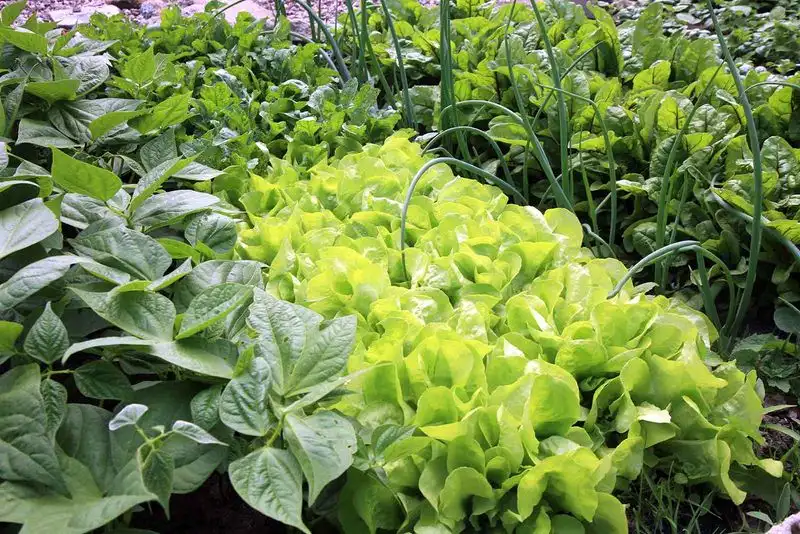
Companion planting is a technique where plants are grown together for mutual benefit. Consider planting unexpected companions such as nasturtiums with beans or marigolds with tomatoes. These combinations can deter pests and enhance growth.
Experimenting with unusual pairs might lead to surprising success. For example, growing strawberries with borage could improve flavor while attracting beneficial insects.
By stepping outside the traditional companion planting rules, gardeners can discover new ways to enhance their garden’s productivity and beauty. This approach not only enriches the soil but also creates a visually stunning garden.
Building a Worm Hotel
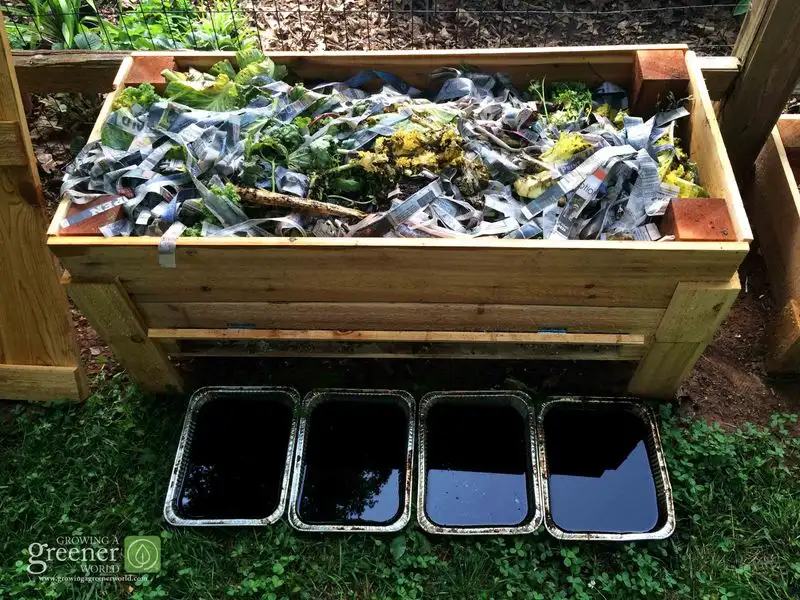
Creating a worm hotel can be a unique and rewarding project for no-till gardening enthusiasts. Using recycled materials, construct a small habitat to encourage earthworm activity. Worms are natural tillers and can significantly enhance soil fertility.
Placing the worm hotel in a shady, moist area will attract worms, helping to aerate the soil and promote nutrient cycling. Integrating organic waste into their environment keeps them well-fed and active.
This living structure not only supports the ecosystem of your garden but also provides an educational opportunity to observe these beneficial creatures at work.
Encouraging Fungal Networks
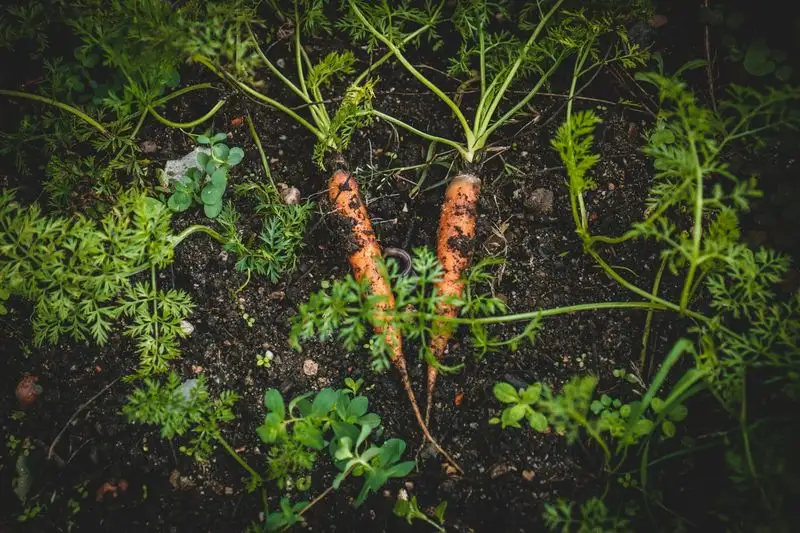
To foster a resilient no-till garden, encourage the growth of fungal networks like mycorrhizae. These fungi form symbiotic relationships with plant roots, helping with nutrient absorption. Avoid disturbing the soil to allow these networks to thrive naturally.
Sprinkle mycorrhizal inoculants when planting to boost the establishment of these beneficial fungi. This connection enhances plant growth by facilitating nutrient exchange.
By prioritizing fungal networks, gardeners contribute to healthier soil structure, improved water retention, and reduced erosion. Embracing this natural partnership leads to a more sustainable and productive garden environment.
Introducing Quirky Garden Art
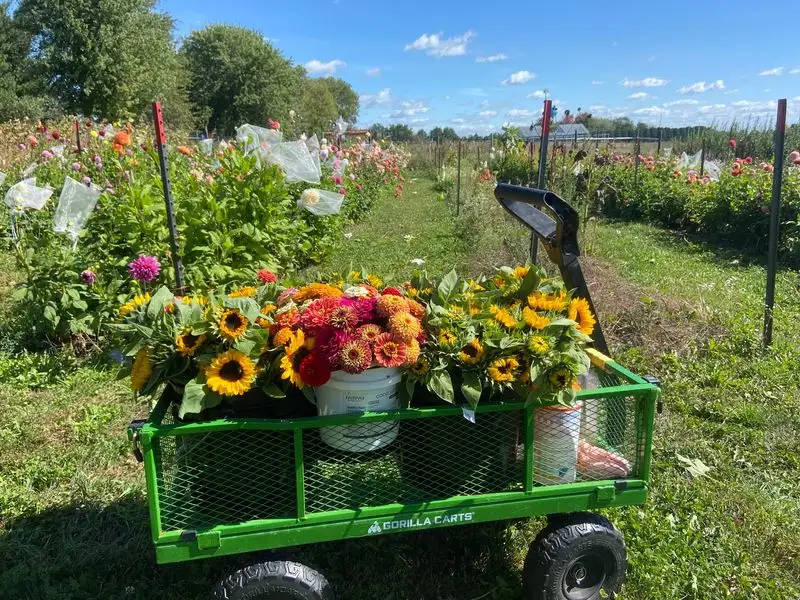
Incorporating quirky garden art can add personality and charm to a no-till garden. Use recycled materials to create sculptures or decorations that reflect your style. These pieces can serve as focal points and inspire creativity.
Garden art can also attract pollinators. For example, bright colors may draw bees and butterflies to the area, enhancing pollination.
Adding art transforms a garden into a delightful retreat, offering visual interest and stimulating conversation. This unique approach merges creativity with gardening, promoting an engaging outdoor experience that delights both the gardener and visitors.
Crafting a Nature Soundtrack
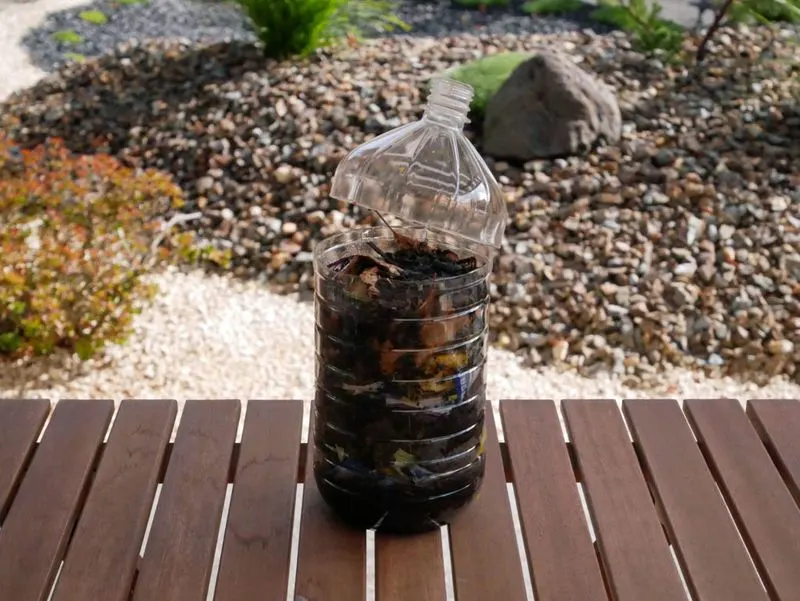
Enhance your no-till garden by crafting a nature soundtrack to set the mood. Use small outdoor speakers to play recordings of bird songs, rustling leaves, or flowing water.
These natural sounds can create a calming atmosphere, making gardening a more enjoyable experience. Additionally, they may attract wildlife to your garden, encouraging a balanced ecosystem.
Experiment with different soundscapes to find what resonates best with your garden’s ambiance. This auditory element adds an unexpected dimension to gardening, blending nature and technology for a serene and immersive environment.
Designing a Bee Bath Sanctuary
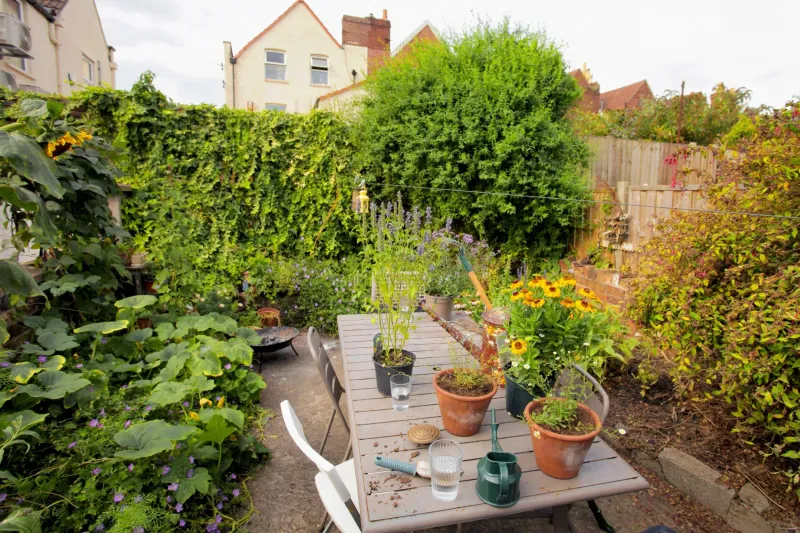
Design a bee bath sanctuary to support pollinators in your no-till garden. Create a shallow basin with water and pebbles for bees to land on. This simple project helps provide hydration for these vital creatures.
Place the bee bath near flowering plants to facilitate easy access. Regularly refresh the water to keep it clean and inviting.
By offering a safe drinking spot, you encourage bees to frequent your garden, promoting pollination and plant health. This small addition makes a big impact on sustaining the ecosystem and supporting biodiversity.
Hosting a Moonlit Garden Gathering
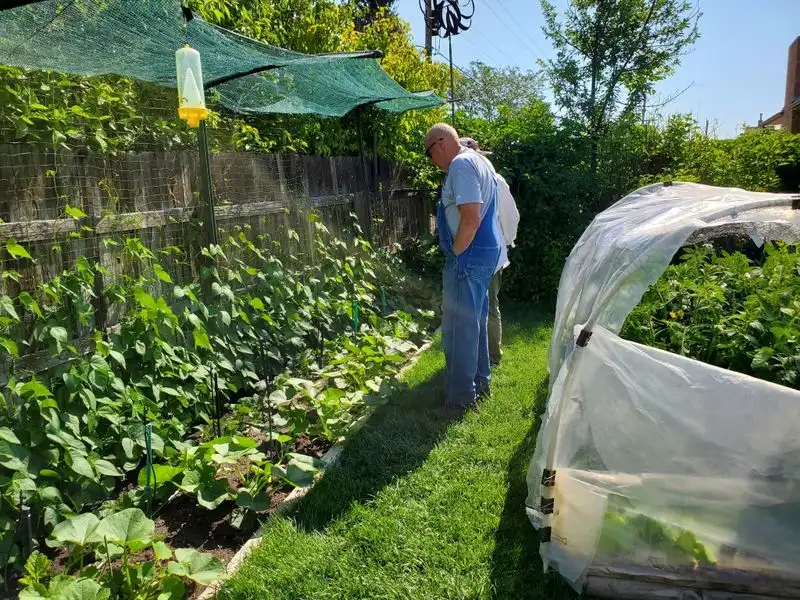
Imagine hosting a moonlit gathering in your no-till garden. String lights and lanterns illuminate the space, creating an enchanting setting for friends and family.
Serve garden-fresh dishes, showcasing the bounty of your no-till efforts. The magic of moonlight combined with the beauty of plants enhances the sensory experience of the night.
This type of gathering not only celebrates your gardening achievements but also strengthens community bonds. Embracing the serene nighttime atmosphere highlights the garden’s versatility and charm, offering a unique way to enjoy and share the fruits of your labor.

